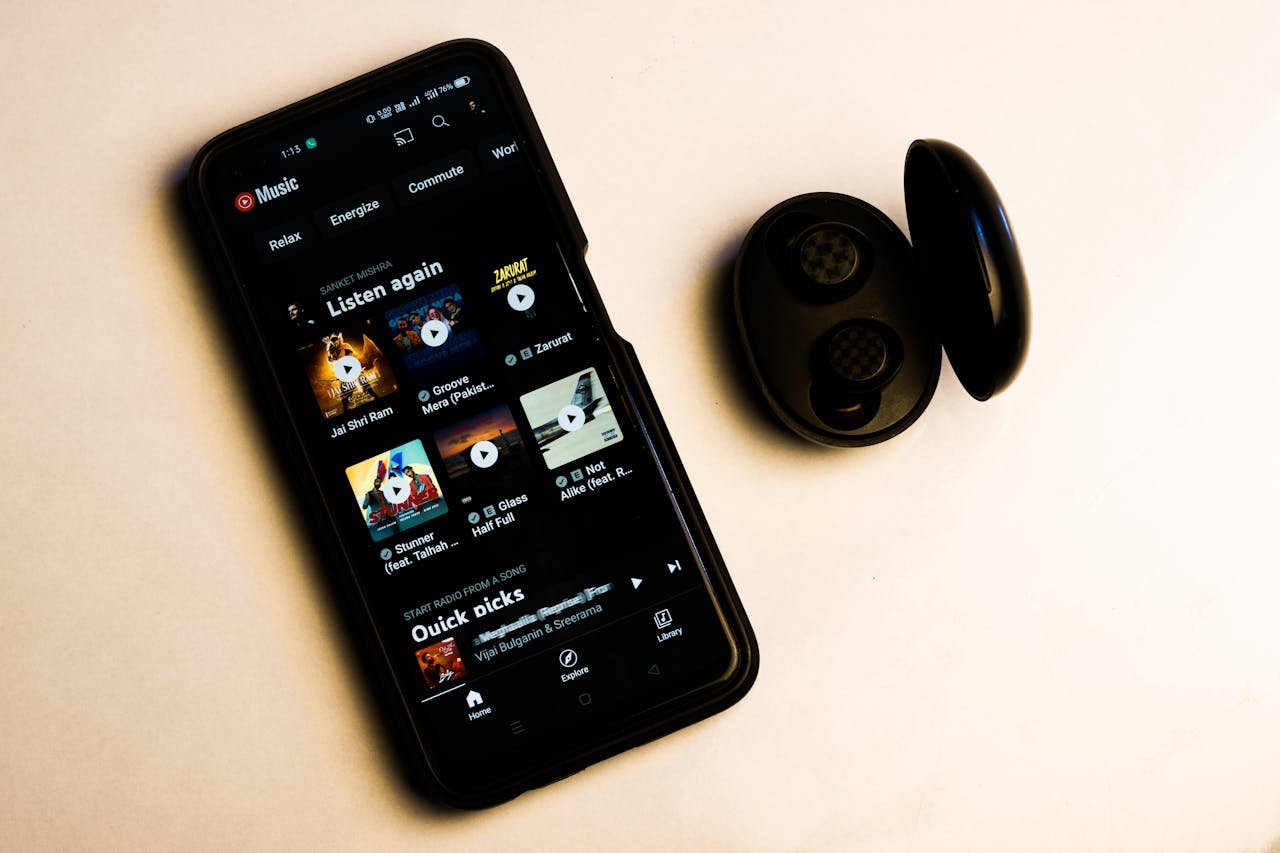
The History of Indie Music: From Underground to Mainstream
Indie music, short for “independent music,” has grown from an underground movement into a global cultural phenomenon. Defined by its do-it-yourself (DIY) ethos and artistic freedom, indie music has given countless artists a platform to experiment, express, and connect with audiences outside the constraints of major labels. Its evolution is a fascinating journey through time, marked by creativity, resilience, and the relentless pursuit of authenticity.
The Early Days of Indie Music
The origins of indie music can be traced back to the 1970s and 1980s when punk rock bands rejected the commercialization of mainstream music. These artists sought to create music on their own terms, releasing records through small, independent labels. Bands like The Buzzcocks and The Smiths in the UK and REM in the US exemplified this era, proving that great music didn’t require the backing of a major label.
This period was characterized by gritty, low-budget recordings and grassroots promotion. Independent labels like Factory Records and SST Records played a pivotal role in nurturing emerging talent and fostering the indie music scene.
Key Movements and Milestones
The 1990s brought a surge of indie rock bands into the spotlight. Groups like Nirvana, Radiohead, and The Strokes blurred the lines between indie and mainstream, achieving massive success while retaining their creative independence. This era also saw the rise of subgenres like shoegaze, lo-fi, and Britpop, each contributing to the diversity of the indie landscape.
As technology advanced, the 2000s ushered in a new wave of indie music. The internet became a powerful tool for artists to distribute their music and connect with fans directly. Platforms like MySpace and Bandcamp allowed musicians to bypass traditional gatekeepers, reaching global audiences without major label support.
How Technology Shaped Indie Music
Streaming services like Spotify and SoundCloud have further democratized music distribution. Today, independent artists can upload their tracks, analyze listener data, and engage with fans in ways that were unimaginable just a few decades ago. The ability to self-produce and self-promote has made it possible for indie artists to thrive in a competitive industry.
Crowdfunding platforms like Kickstarter and Patreon have also enabled fans to directly support their favorite artists, fostering a sense of community and shared ownership.
Indie Music Today and Its Future
In the modern era, indie music is more diverse and accessible than ever. It encompasses a wide range of genres and styles, from indie pop and folk to experimental electronic. Artists like Billie Eilish and Phoebe Bridgers are redefining what it means to be indie, blending authenticity with global appeal.
The future of indie music looks bright, with advancements in technology continuing to empower artists. Virtual reality concerts, blockchain-powered royalties, and AI-driven production tools are just a few innovations shaping the next chapter of indie music.
Indie music’s history is a testament to the power of creativity and independence. By staying true to their vision, artists have transformed a once-niche movement into a thriving global culture that continues to inspire and evolve.







